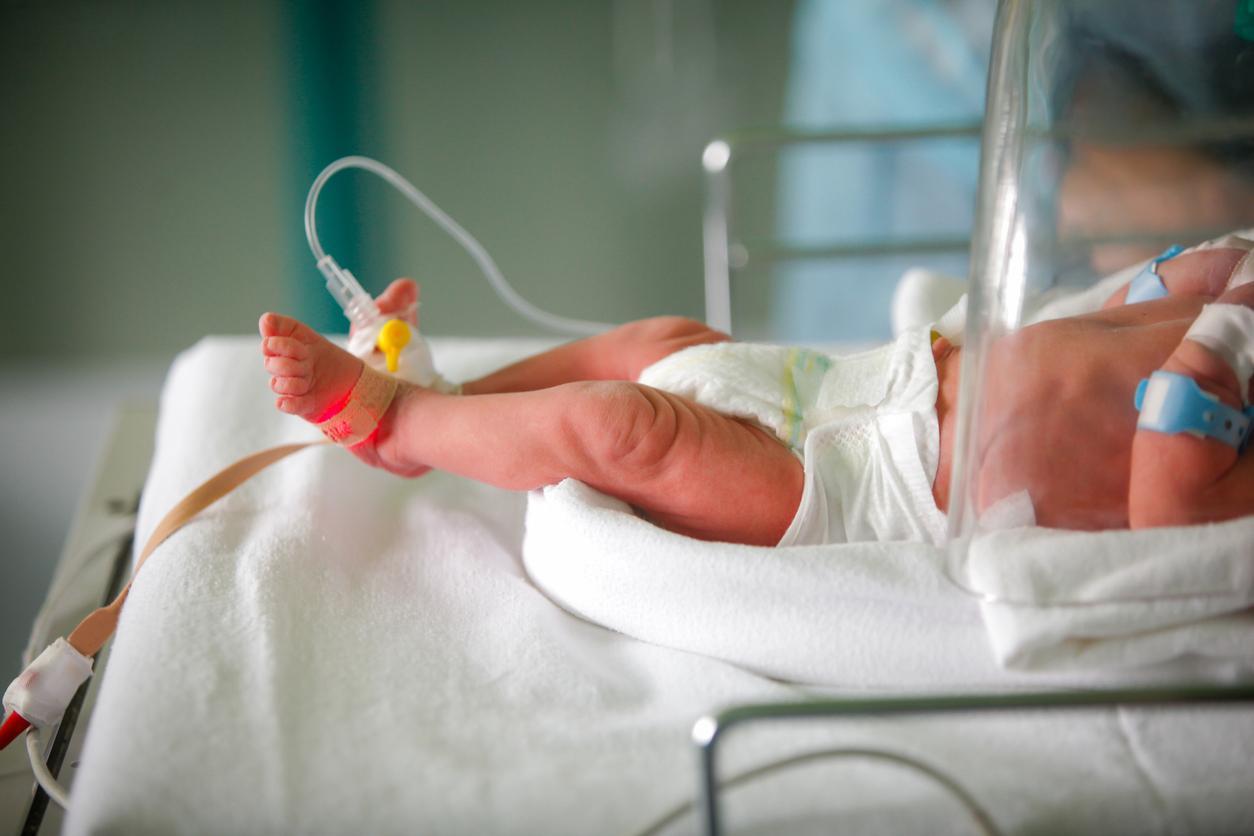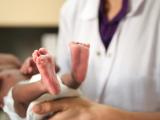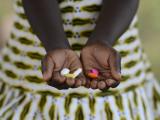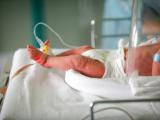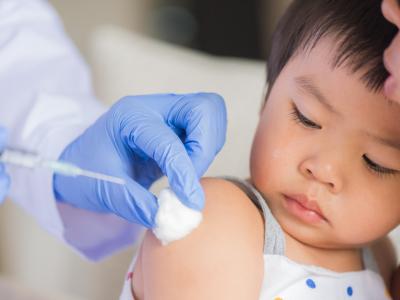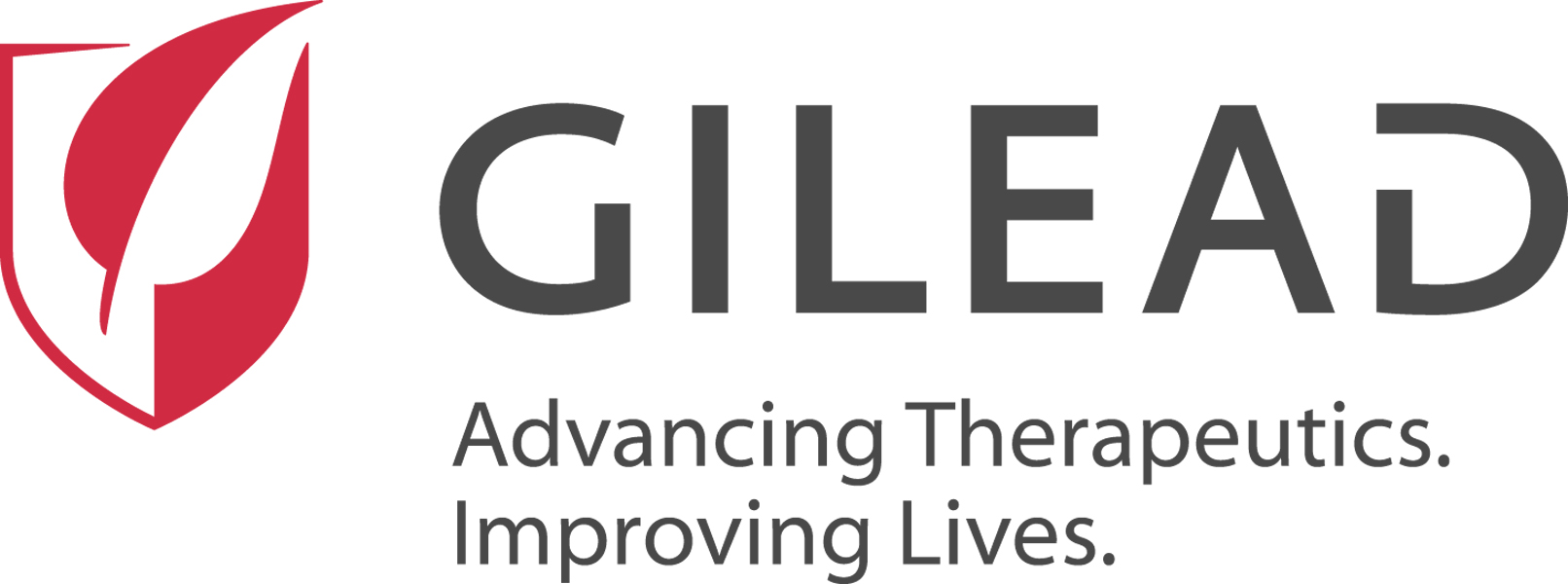A study of more than 20,000 children in Iceland found those who had early exposure to antibiotics had higher risk of infections and antibiotic use later in childhood.
The study, published recently in The Pediatric Infectious Disease Journal, found that children with early antibiotic exposure had a significantly higher risk of several types of infections and antibiotic use compared with those who had no early exposure, with the highest risk observed in children who received antibiotics during the first week of life. Children with early antibiotic exposure also had a significantly higher risk of being diagnosed with asthma.
Antibiotics are the most commonly used medications in young children, but they are frequently overused. The study adds to a growing body of scientific literature that suggests early exposure to antibiotics is associated with an increased risk of a variety of diseases and conditions outcomes later in childhood, including infections, immune-mediated diseases, obesity, and neurodevelopmental disorders.
While no causal link has yet been identified, the hypothesis is that early exposure to antibiotics might disrupt the developing microbiome and immune system in a way that makes children more susceptible to infections and other ailments as they get older.
Increased risk of respiratory, gastrointestinal, urinary tract infections
For the study, researchers from the University of Iceland analyzed data on a cohort of 22,393 children born from 2010 through 2019, following them for a minimum of 2 years and a maximum of 12 years. The cohort, which represented more than half the children born in Iceland during that period, was divided into four groups according to antibiotic exposure. For infants in all four groups, researchers collected data on diagnoses of infections and immune-related diseases during the follow-up period. They included filled antibiotic prescriptions as a proxy for suspected infections.
Group 1 (1,496 children) included infants born via elective cesarean section whose mothers had received pre- or intra-operative antibiotics. Group 2 (3,413 children) included infants born vaginally whose mothers received antibiotics during labor. Group 3 (356 children) was infants born via vaginal birth who received antibiotics during the first week of life for more than 48 hours; and Group 4 (17,128 children) included infants who had no antibiotic exposure during labor or the first 6 months of life. Children born prematurely or via emergency c-section, as well as those born to mothers who received systemic antibiotics during pregnancy, were excluded.
For all three antibiotic-exposure types, the risk of respiratory infections, gastrointestinal infections, urinary tract infections (UTIs), and filled antibiotic prescriptions was significantly higher than the control group of infants with no antibiotic exposure.
For respiratory infections, the incidence rate ratio (IRR) was 1.13 (95% confidence interval [CI], 1.07 to 1.20) for Group 1, 1.08 (95% CI, 1.04 to 1.12) for Group 2, and 1.20 (95% CI, 1.09 to 1.33) for Group 3. For gastrointestinal infections, the IRR was 1.22 (95% CI, 1.08 to 1.36) for Group I, 1.09 (95% CI, 1.00 to 1.18) for Group 2, and 1.28 (95% CI, 1.04 to 1.57) for Group 3. For UTIs, the IRR was 1.52 (95% CI, 1.18 to 1.94) for Group 1, 1.32 (95% CI, 1.10 to 1.56) for Group 2, and 2.04 (95% CI, 1.33 to 2.97) for Group 3. For filled antibiotic prescriptions, the IRR was 1.20 (95% CI, 1.14 to 1.27) for Group 1, 1.19 (95% CI, 1.15 to 1.23) for Group 2, and 1.25 (95% CI, 1.14 to 1.37) for Group 3.
For acute otitis media (ear infection), skin infections, and central nervous system infections, the risk was similar in all four groups. But the risk of asthma diagnosis was significantly increased in all early antibiotic exposure groups compared with the control group, with hazard ratios (HRs) of 1.32 (95% CI, 1.07 to 1.61), 1.27 (95% CI, 1.10 to 1.45), and 1.91 (95% CI, 1.40 to 2.59) for Groups 1,2, and 3, respectively. The difference was observed starting at age 3 but was highest after age 8.
The researchers also found increased risk of tympanostomy tube (ear tube) placement surgeries in children in Group 1 (HR, 1.28; 95% CI, 1.11 to 1.48) and Group 3 (HR, 1.33; 95% CI, 1.03 to 1.71) compared with the control group.
Potential impact on the developing immune system
The study authors say that while the mechanism that would explain the association between early antibiotic exposure and childhood infections and immune-mediated diseases is largely unknown, it's clear that antibiotics disrupt the "healthy state" microbiome, which is important for development of the immune system.
"This might lead to an immune system less capable of dealing with common infections in the first years of life," they wrote, adding that studies have shown that infant mice with early antibiotic exposure and a disrupted microbiome have been found to mount weaker immune responses that control mice.
While other factors that couldn't be corrected for in the study could be playing a role—such as breastfeeding, socioeconomics, genetics, and family history—and further research in larger groups of children is needed, the authors say the observed late side-effects of early antibiotic exposure provide another argument for judicious antibiotic use in children.
"Antibiotics are very widely used drugs around the globe and while essential in treating life-threatening conditions, there are clear signs of overuse with impact on global health," they concluded. "It is therefore vital to examine this relationship further with clinical studies and promote cautious antibiotic treatment in young children."
